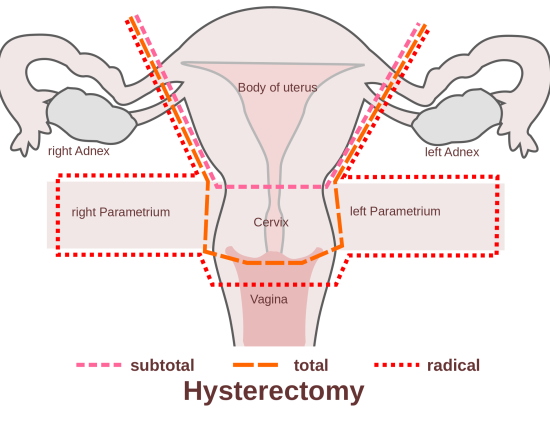To put it simply, the cryotherapy cervix procedure or the cervical cryosurgery as it is also known is a procedure that freezes off a section of the cervix. This is done to destroy any abnormal cells that are detected in the cervix that could lead to cancer in the future.
Why and when cervical cryotherapy is performed
Cryotherapy cervix is not a treatment for cervical cancer which is already present. Rather it is a means to prevent cervical cancer when a woman undergoes a pap smear; the results of which are seen to be abnormal. The procedure helps to destroy the abnormal tissue present in the cervix by literally freezing it to kill it off.
This is a treatment for a condition known as cervical dysplasia which is a potentially premalignant growth of abnormal cells on the surface of the cervix. This condition is not cancer and it doesn’t necessarily lead to cancer and is usually fully treatable.
In some cases of cervical dysplasia, treatment may not be required because the condition may remain stable or may be resolved by the body’s immune system over time.
Cryotherapy cervix is one way to treat cervical dysplasia and is performed after a colposcopic exam when a biopsy or pap smear reveals the presence of abnormal dysplasia cells. Such a procedure is also sometimes used for outer genetalia for cosmetic purposes as a treatment for HPV cases.
How is Cryotherapy cervix performed
This is generally an outpatient procedure and may not require a hospital stay. The cervical area will be numbed for the procedure and the doctor will then insert a speculum through the vagina. Liquid carbon dioxide is then used to freeze the cervical tissue for some minutes either continuously or in two freeze sessions with a gap for thawing in between.
There could be some discomfort such as feeling cold or cramps down there. Recovery time is just about a day and from the next day on, women can carry on with their regular activities. After the procedure, a watery discharge is usually noted for a couple of weeks. Use of tampons, sexual intercourse and douching is prohibited for a few weeks after.
What are some of the side effects and complications of cryotherapy cervix?
Though the therapy is seen to be successful in a majority of cases, there could be a slight chance (5% to 25% according to different studies and estimates) that it may not have the desired result.
A heavy discharge is noted for some weeks after the procedure. Some women report to experiencing pain during sex even several weeks after the procedure. As in all surgical procedures, there is some risk of bleeding and infection in the post operative period.
Pap smears are still required to be carried out after this procedure but they may be more difficult after cryotherapy cervix. Rarely complications such as heavy bleeding, freeze burns on the walls of the vagina, foul smelling discharge, fever or chills may be seen, however for the most part this treatments is seen to be safe.






